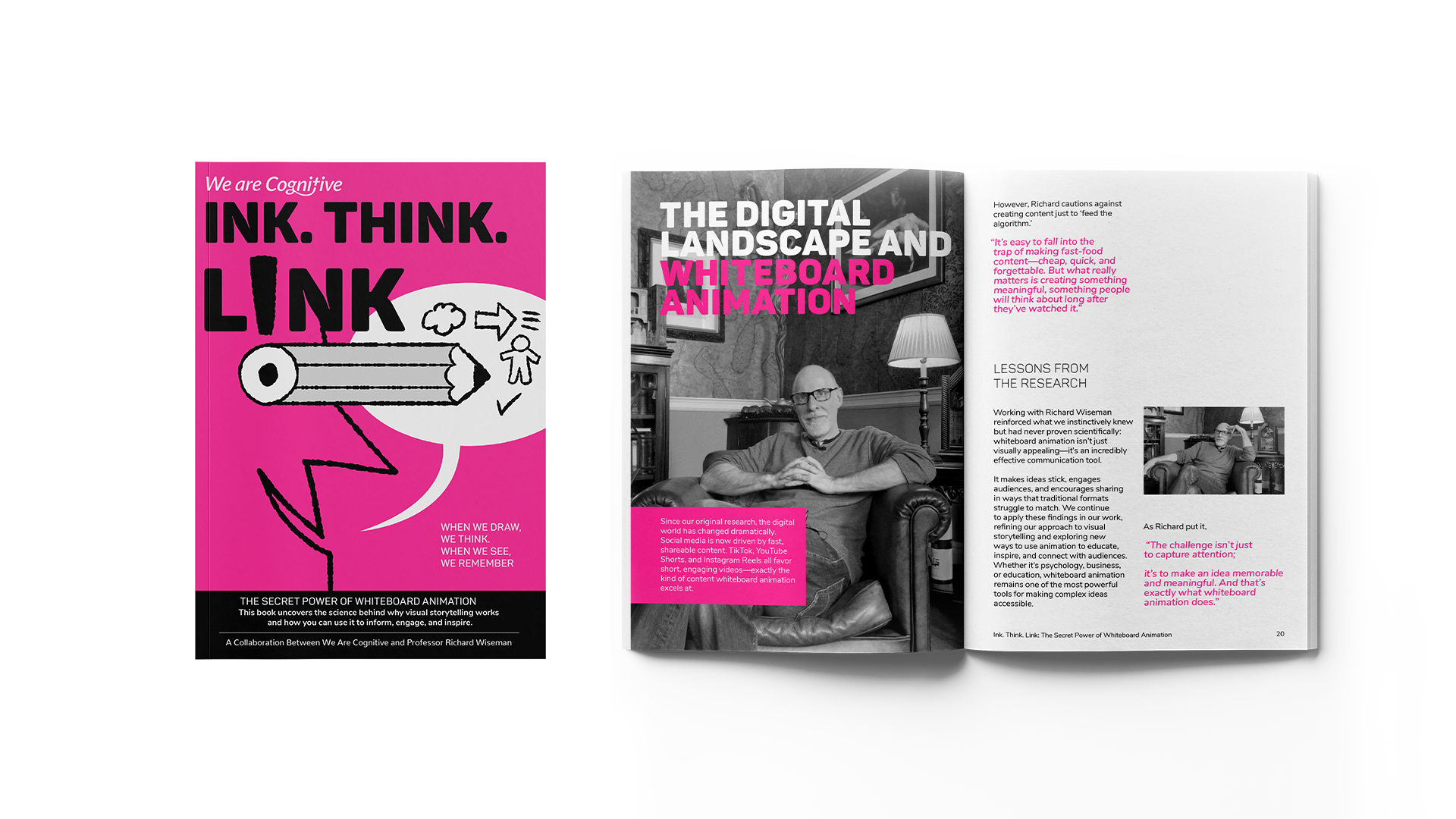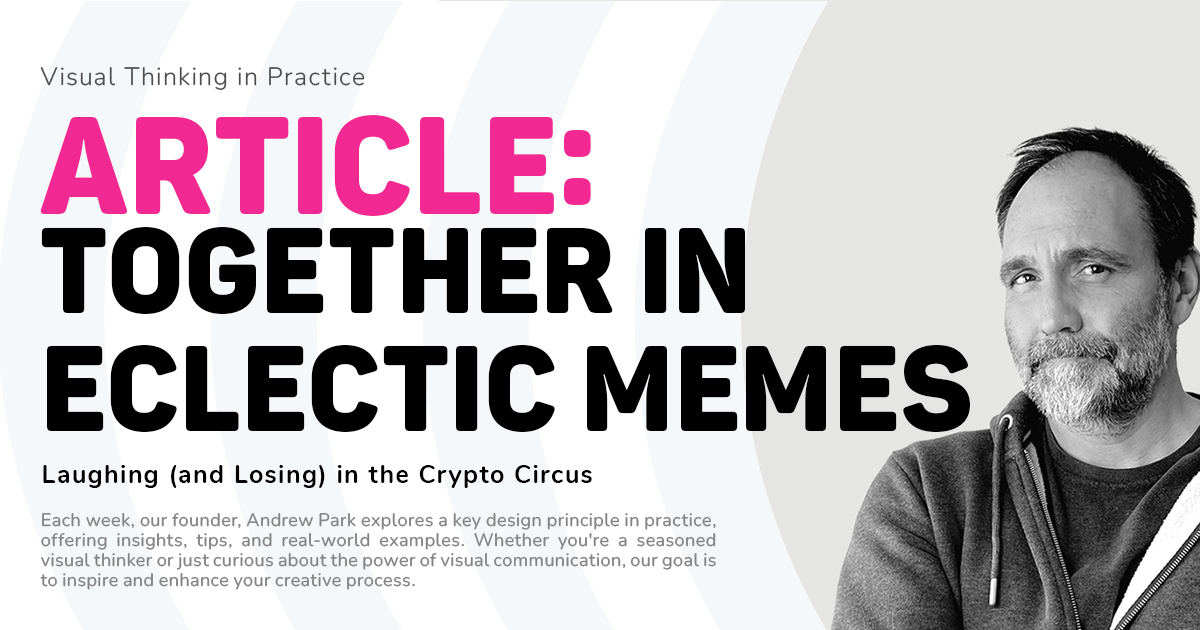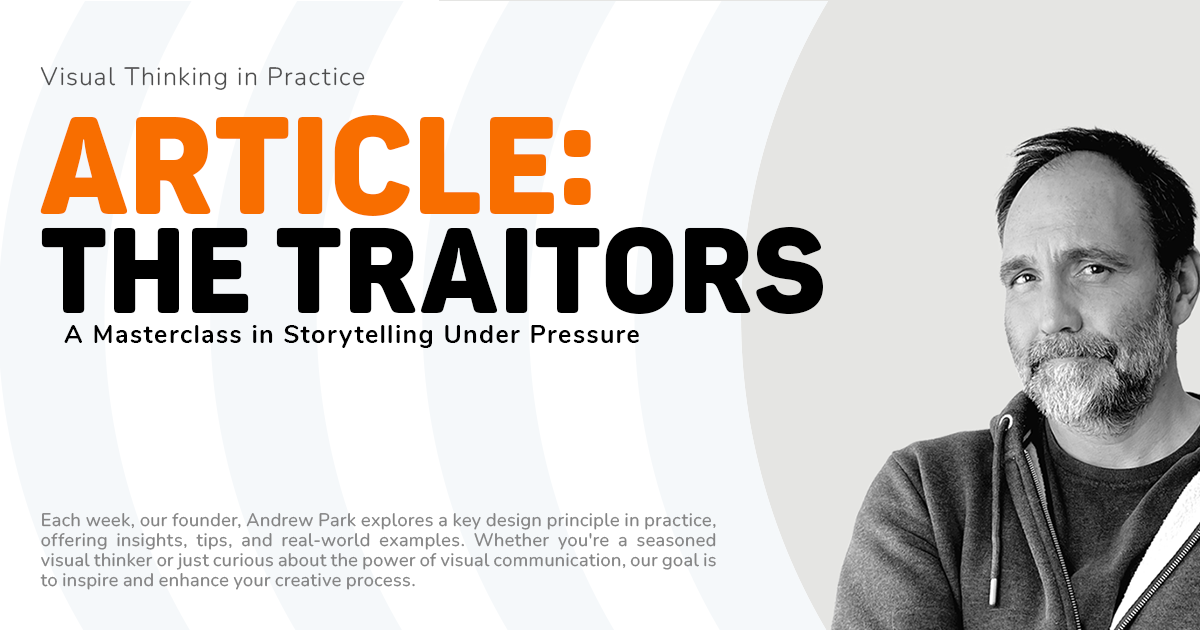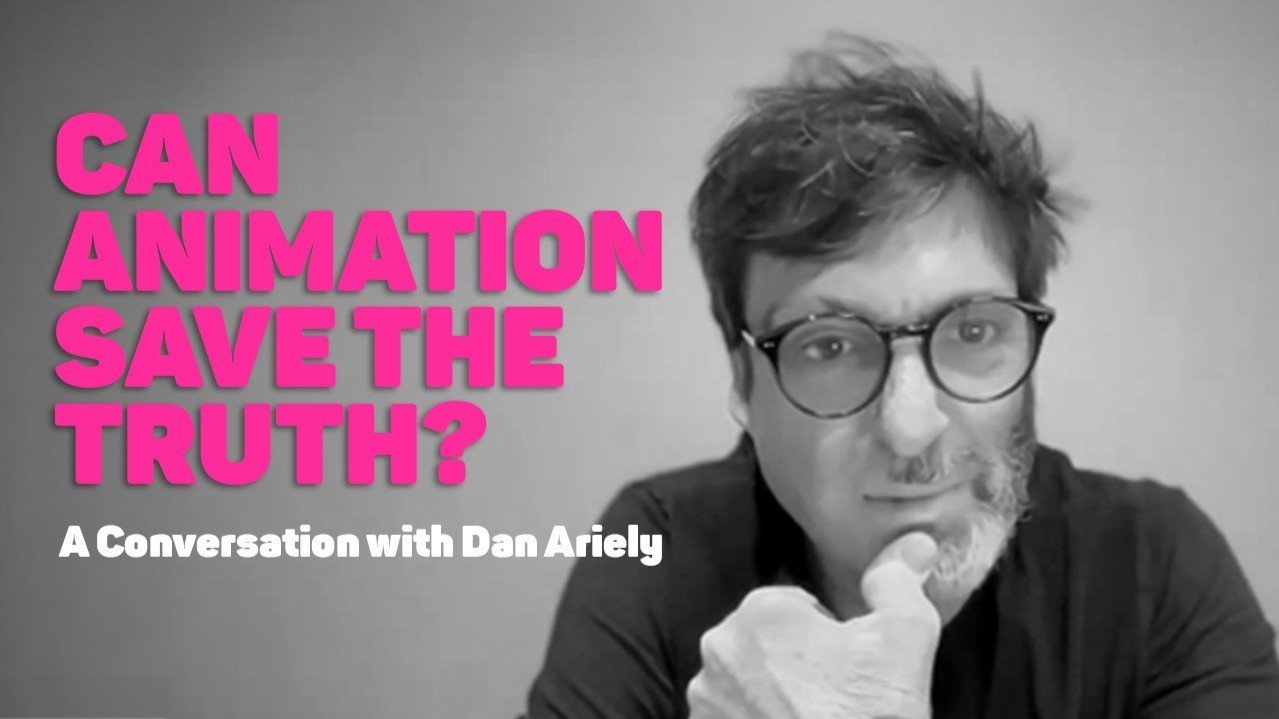From Bullet Points to Breakthroughs: The Power of Storytelling and Live Scribing in Presentations
“ Audiences, they feel before they think, and that’s really where we’re going with this, that the presentation is about changing that dynamic with people. The words, the content, they will help us to understand the message, but emotion and experience is the thing that’s going to move us to action. ”
Presenting or delivering talks may not be everyone’s cup of tea, but the ability to present ideas clearly and confidently is more important than ever. Whether it's a pitch, a keynote, or a team update, public speaking is a core skill in many roles. Yet, for both speakers and audiences, the traditional format of presentations can feel uninspired — and sometimes downright painful.
We were inspired to write this article after listening to an episode of Radio 4’s The Bottom Line with host Evan Davis, RADA Business practitioner Abi Eniola, Ogilvy UK vice chairman Rory Sutherland and Euronet UK CEO Simon “Slideman” Gallagher. It shone a light on all aspects of presenting, and naturally, our attention was captured by the discussions around storytelling and PowerPoint.
It’s fair to say that we are not fans of PowerPoint. For decades, Microsoft PowerPoint has been the go-to tool for presentations. Its dominance is so ingrained that we even have a term for its worst outcomes: "death by PowerPoint." We've all sat through those slide decks, packed with dense bullet points, hard-to-read text, and information overload. Instead of engaging us, they often leave us fatigued.
Breaking out of the bullet-point trap doesn’t just need better design; it needs better storytelling. When it comes to live events and conferences, one of the best ways to bring storytelling in is to use live scribing.
Why Storytelling Matters in Presentations and Comms
Humans are wired for stories. We don’t just remember facts, we remember how they made us feel. A good story has the power to captivate, clarify, and connect. It can turn data into meaning, and messages into movements.
Stories help to:
Bring abstract concepts to life
Make content more memorable
Create emotional connections with the audience
Inspire action and reflection
Whether it's a personal anecdote, a client success story, or a vivid example, stories shift your audience from passive listeners to active participants.
“Stories are very, very good at getting people to think about something in a different way, through a different frame. Effectively, they make visible, appreciable, and again, as you said, emotionally telling, something which naturally wouldn’t occur to that audience if you weren’t able to change them into a different mode of thinking.”
The Role of Live Scribing in Presentations with Complex Messages and Rich Stories
When presentations deal with complex ideas, dense information, or diverse perspectives, it’s easy for key messages to get lost. This is where live scribing becomes a game-changer.
Live scribing is the real-time visual distillation of spoken content. As a speaker delivers their message, a trained scribe listens attentively, sifts through layers of information, and captures the core insights using a combination of visual metaphors, keywords, and structured illustrations — all unfolding live, in front of the audience.
But let’s be clear: live scribing is not just drawing. It’s a form of visual storytelling, designed to help people see the connections between ideas, retain information more effectively, and engage with content on a more intuitive level.
Live scribing plays several critical roles:
Clarity in complexity: When concepts are layered, abstract, or fast-moving, live scribing helps by visually breaking them down into digestible parts.
Amplifying the speaker’s message: It emphasises the speaker’s key points, drawing attention to themes, insights, or data that might otherwise be lost in a sea of words or bullet points.
Aiding cognitive processing: Research shows that visual information is processed faster and remembered longer than text alone. By pairing the spoken word with visual capture, live scribing supports both comprehension and recall, essential when messages need to stick.
Stimulating dialogue and reflection: Audiences respond to what they see, ask better questions, and reflect more critically. In collaborative settings, this fosters more meaningful conversations and shared understanding.
Creating a lasting artefact: After the event, the scribe’s work becomes a tangible visual summary. Unlike a deck of slides that may never be opened again, a live scribe’s illustrations can be shared, printed, revisited, or used to kick-start future conversations.
Presentation Tips to Move Beyond Bullet Points
If you're looking to elevate your presentation game, whether you're using live scribing or not, here are some principles to guide you:
Know your content inside out: The more familiar you are, the more naturally you can speak.
Don’t over-script: Let your personality come through.
Focus your message: One strong idea is more powerful than five half-formed ones.
Speak visually: Paint pictures with words, use verbal tools like metaphors.
Tell a story: People may forget your data, but they’ll remember your narrative.
For more tips and storytelling advice, here is Abi Eniola, practitioner, RADA Business, speaking on Radio 4’s The Bottom Line, 26th June 2025.
“Particularly when I work with organisations and they're doing pitching, they give lots and lots of stats, and of course they will have an audience who will sit there and think, “Great, so what? what does that mean?”
What's the story behind the information? They might be sharing a challenge that relates to the audience's situation and how did they actually overcome it. So, at its simplest, the story is often, you know, what was the obstacle or the challenge and what was the resolution?
And ultimately, there's a wisdom or a learning behind it. How did that change our actions? But it brings to life the data so that your audience, if it's say, a pitch, gets a sense of, okay, this is who you are.”
Final Thought: Make People Feel Something
The best presentations don’t just transfer information — they spark emotion, connection, and action. They change how people think, and more importantly, how they feel.
Whether you’re speaking to a room of 10 or 1,000, integrating storytelling and tools like live scribing can help your message land with greater impact and stay with your audience long after the lights go down.
“It’s great that stories have come back in recent years... corporations now need stories for their employees to adhere to the values. And every corporation has its own sort of survival story.”

































When it comes to your brand, video offers a whole range of ways to feature your brand both subtly and more directly.